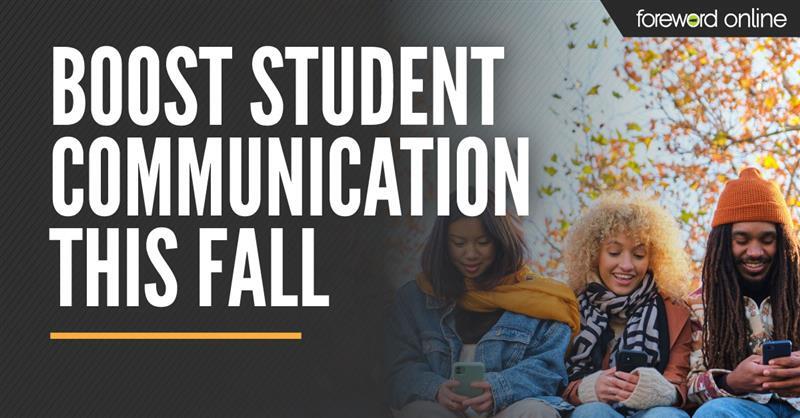Geofencing can be used for anything from increasing foot traffic in stores to parents keeping track of their children — even human resource departments can utilize this technology to monitor employees who work in the field or from home. These virtual fences allow marketers to hone their advertising efforts to a selected group of people, often based on various factors of online behaviors, within an established distance from a store’s location using their mobile GPS. An Orwellian advancement in technology to some, but to others, geofencing gives brick-and-mortar businesses a way to compete in a growing eCommerce market. How are geofences used?
How are geofences used?
Geofencing has been around for approximately 15 years. It uses GPS to define virtual barriers around real-life areas. Similar to beacons, it targets individuals around near a business, but it can cover a larger area. A store would establish a radius to focus their advertising dependent on the store’s location. A department store might set a range capturing people who are within a 5-10 minute drive. A campus store that students mostly walk to might set a range to attract people who could walk there in five minutes or less. Fencing smaller areas works better because the closer people are, the more tempting a great deal will be.
Targeting specific audiences within the geofenced area, enables a store to pinpoint those who are more likely to shop with them. For example, a car dealership could target people within a five-mile range. That’s helpful, but take it a step further. The dealer can then specify it wants to target only people whose IP address has recently visited a car dealership website. Then not only is it targeting people nearby, but also people who are potentially shopping for a new vehicle.
Utilize the information collected through geofencing like any big data. Knowing customers’ locations within a fenced area allows you to see elements of their behavior before coming to your store. For example, when you host a sale you usually post flyers in the student center. However, when you review your geofencing data you see more students come to the store directly from the library than the student center. Next time you hang up flyers, you focus on that area, allowing virtual data to help pinpoint where your customers are.
How do the advertisements get to customers?
Deliver messages a few different ways: direct contact, text message, social media advertising or the more traditional online ads.
Large companies are using direct customer contact as a method of improving the customer’s experience. The hotel brand Marriott employs an entire team who solely monitor social media posts made within the geofenced areas around 4,437 of its properties worldwide. Marriott’s team allows the company to address customer complaints or concerns immediately, as well as letting individual locations know if there was a happy event such as a wedding or engagement on the property. The hotel can then reach out to their guests with congratulations and a perk (room upgrade, champagne, etc.). All of this is designed to improve the customer’s experience and to make them feel like Marriott cares about and takes care of their customers.
A text is one way a customer within the geofenced area can receive a message. However, to send that advertisement, the business would need to have previously collected and received permission to communicate with those customers via SMS text message. If such permissions exist, this is a great way to reach your audience. Text messages are read within three minutes of receiving them. The quick response time means your audience is more likely to still be in the area when they receive your message and for a few seconds at least they will be focused directly on what you have to say.
Social media or other online advertisements are less intrusive, but easier to ignore. A online ad can show up in the top of a customer’s related Google search or on the side of website or blog that has ad revenue set up on their site. Using targeted advertising, people within your business’s geofence who are likely to be interested in your offer would have your ad displayed on their screen. The process is very much the same with social media, only the ad will display on that specific social media platform.
Geofencing can be a great tool to add to your store’s marketing plan. It isn’t meant to replace what you already do. It simply adds another layer to help you better identify and reach your customers. For more information about how to set up a geofence, check out Microsoft’s instructional page.




